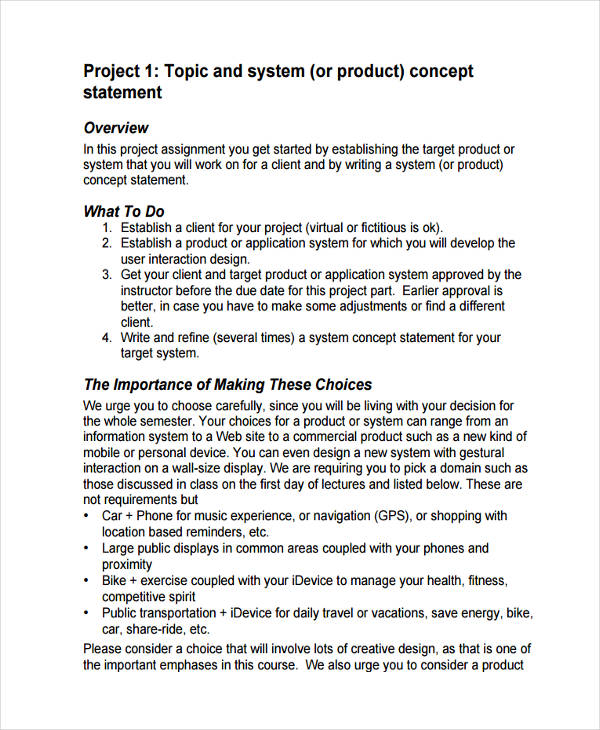
When it comes to interior design, a concept statement is a crucial element that sets the tone and direction for the entire project. It serves as a guiding principle, helping designers and clients alike understand the vision and purpose behind the design. A well-written concept statement can capture the essence of the space and communicate it effectively, ensuring everyone involved is on the same page.
So, how do you write a compelling concept statement for interior design?
First and foremost, it’s important to understand the client’s needs and desires. This involves conducting thorough research and gathering as much information as possible about their preferences, lifestyle, and the objective of the space. This knowledge will form the foundation of your concept statement and enable you to create a design that will truly resonate with the client.
Next, think about the overall theme or style that you want to convey in the design. This could be anything from minimalist and modern to rustic and cozy. The concept should align with the client’s tastes and preferences, while also considering the functionality of the space. Once you have a clear theme in mind, you can begin crafting your concept statement.
Why Concept Statements are Essential for Interior Design
Concept statements play a crucial role in the field of interior design as they provide a clear and concise description of the overall vision and theme for a design project. This statement serves as a foundation for the entire design process and helps guide the decision-making and creative direction throughout the project.
Firstly, concept statements act as a communication tool between the interior designer and the client. It allows the designer to effectively convey their design ideas and vision to the client in a way that is easy to understand and visualize. By clearly articulating the concept, the designer helps the client to visualize the end result and ensure that their expectations align with the proposed design.
Additionally, concept statements help to ensure consistency and cohesiveness in the design project. By establishing a clear concept upfront, the designer can make informed decisions about various design elements such as color palette, materials, furnishings, and lighting. This ensures that all design choices work together harmoniously and contribute to the overall theme and atmosphere of the space.
Benefits of Concept Statements in Interior Design:

- Guides the design process: Concept statements provide a roadmap for the design process, helping designers stay focused on the overarching vision and goals of the project.
- Enhances creativity: By establishing a solid concept, designers are able to explore creative ideas and push boundaries while still maintaining a cohesive design.
- Aligns client expectations: Concept statements ensure that clients have a clear understanding of the proposed design and can provide feedback and input based on their expectations.
- Facilitates collaboration: Concept statements serve as a basis for collaboration between designers, architects, contractors, and other professionals involved in the project, ensuring that everyone is working towards a unified vision.
In conclusion, concept statements are essential for interior design as they provide a clear direction and vision for a design project. They aid in effective communication, maintain consistency, and guide the decision-making process, ultimately leading to successful and cohesive design outcomes.
Importance of Concept Statements in Interior Design
Concept statements play a crucial role in the field of interior design. They serve as the foundation for any design project and provide a clear vision and direction for the entire design process. A well-crafted concept statement acts as a guide for the designer, ensuring that every decision and detail aligns with the overall design concept.
One of the main benefits of a concept statement is that it helps establish a cohesive and unified design. It sets the tone and style for the entire space, helping to create a harmonious and visually appealing environment. By clearly articulating the design concept in a statement, the designer can ensure that all elements, from color and texture to furniture and lighting, work together seamlessly.
Another important role of concept statements is that they help in client communication. Clients often have different expectations and preferences, and a concept statement allows the designer to effectively communicate their design vision and ideas. It helps bridge the gap between the client’s desires and the designer’s expertise, creating a shared understanding and ensuring that the final design meets the client’s expectations.
Concept statements also provide a framework for decision making throughout the design process. They act as a reference point for the designer, helping them make informed choices about materials, finishes, and layouts. By referring back to the concept statement, the designer can ensure that their decisions align with the overall design vision and goals.
Moreover, concept statements serve as a tool for inspiration and creativity. They allow the designer to explore different ideas and concepts, pushing the boundaries of traditional design and fostering innovative solutions. By clearly defining the concept, the designer can think outside the box and create unique and captivating spaces.
In conclusion, concept statements are an essential component of interior design. They bring cohesion, clarity, and creativity to the design process, ensuring that every decision and detail aligns with the overall design vision. Whether used as a communication tool with clients or as a reference point for decision making, concept statements are a valuable asset to any interior designer.
Step-by-Step Guide to Writing a Concept Statement for Interior Design
Writing a concept statement for interior design is an important step in the design process. It helps to clarify the vision and direction of the project, ensuring that both the designer and the client are on the same page. Here is a step-by-step guide to help you write an effective concept statement:
| Step 1: Define your target audience | Begin by identifying the target audience or client for the interior design project. Consider their preferences, needs, and expectations. This will help you tailor the concept statement to meet their specific requirements. |
| Step 2: Identify the purpose of the space | Determine the purpose of the space you are designing. Is it a residential or commercial project? Will it be used for relaxation, work, or socializing? Understanding the purpose will guide the overall concept and design choices. |
| Step 3: Brainstorm design ideas | Take some time to brainstorm design ideas that align with the target audience and purpose of the space. Consider different styles, colors, textures, and materials that could be incorporated into the design. Explore different themes and concepts that resonate with the client’s vision. |
| Step 4: Create a visual representation | Once you have a clear idea of the design concept, create a visual representation of your vision. This can be done through sketches, mood boards, or digital renderings. The visual representation will help the client visualize the concept and make informed decisions. |
| Step 5: Write a concise and compelling statement | Now it’s time to write the concept statement. Keep it concise and compelling, capturing the essence of your design concept in a few sentences. Describe the overall theme, style, and atmosphere you want to create. Make sure to highlight the unique features and benefits of your design. |
| Step 6: Review and revise | Review the concept statement and revise it as necessary. Seek feedback from colleagues or mentors to ensure clarity and effectiveness. Make sure that the concept statement accurately reflects your design vision and goals. |
By following this step-by-step guide, you can write a concept statement for interior design that effectively communicates your vision and captures the attention of your clients or target audience. Remember to be creative, concise, and persuasive in your writing to make a lasting impression.
